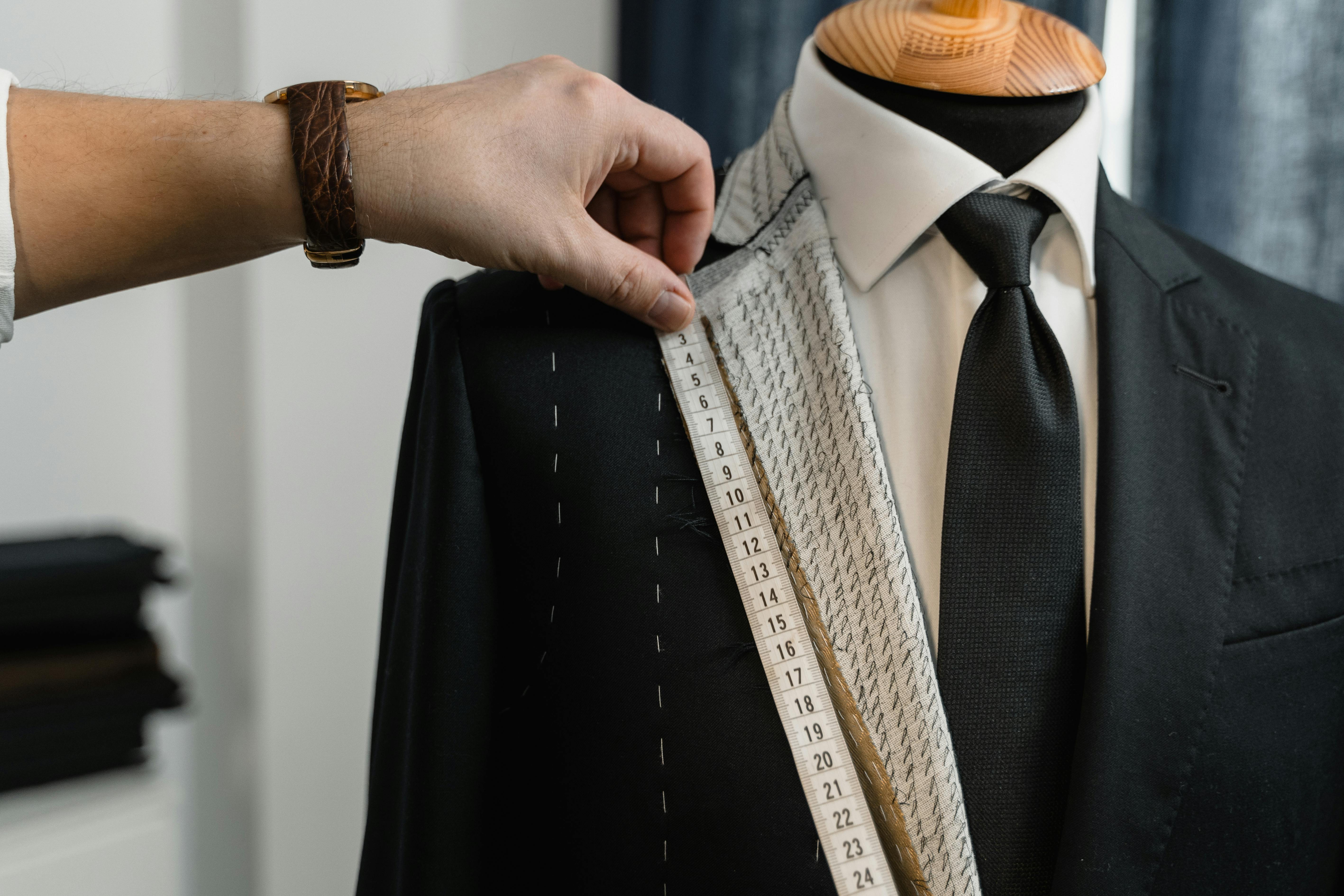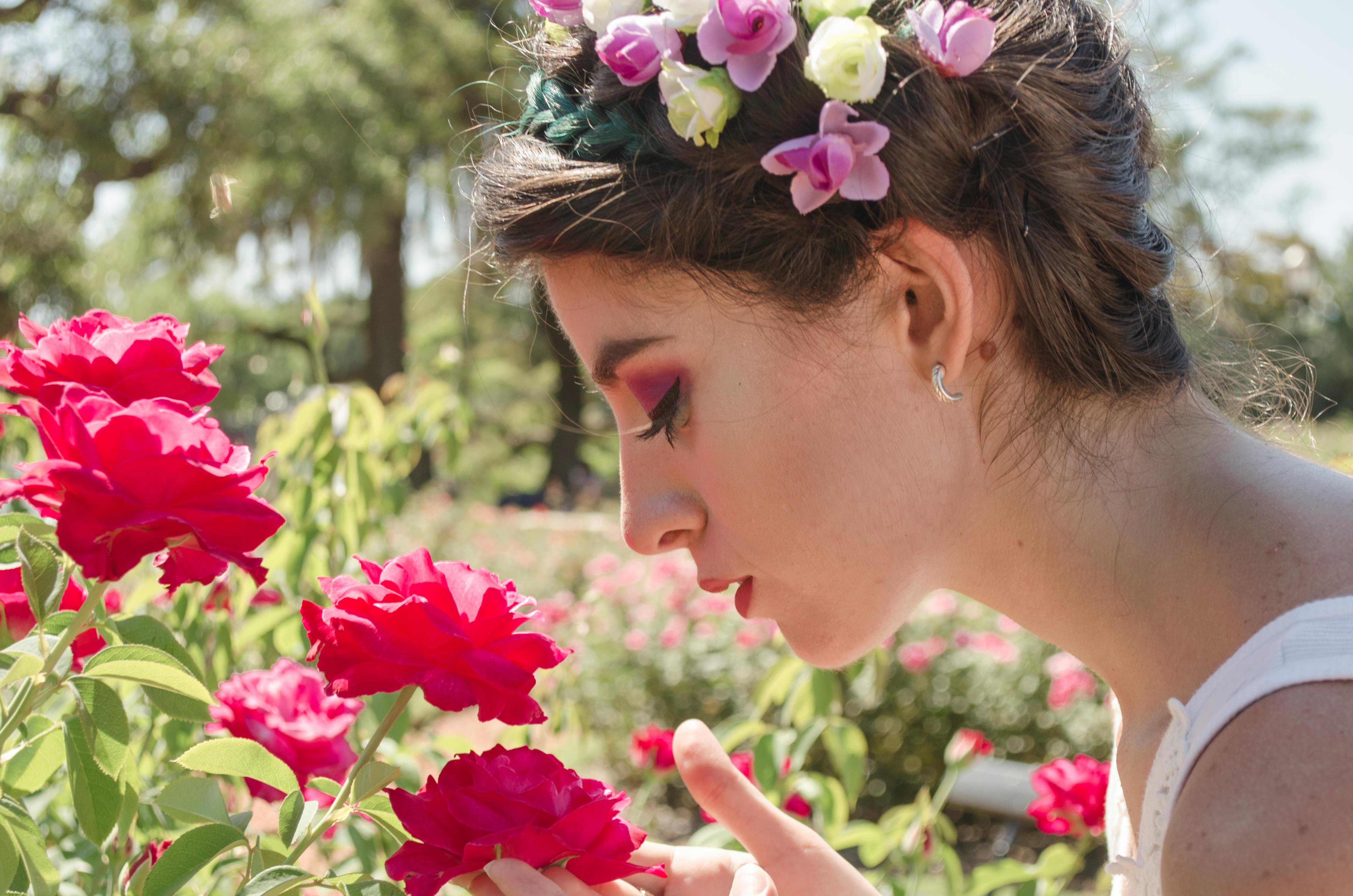Kyusho Jitsu or the art of using pressure points or vital points is the subject of this article. You can guess from the title, huh? There are about 108 pressure points used in martial arts. The points can correspond to the Meridians of Chinese Medicine, Yin/yang, Shichen Times, element theory, or they can be related to the location of blood vessels and nerve channels. Does it matter how you classify the point location as long as the technique works? It could be if you are a stickler for martial arts. If you’re a brawler or a street fighter, it might not matter as much.
There are about eight magic spots on the human body which, if hit correctly, can cause instant death. I am not going to discuss these points for obvious reasons. I don’t want to be responsible for some asshole trying to kill one of his teammates using one of these pressure points.
From what I’ve learned from various sources, pressure points can be divided into two basic categories: rubbing points and impact points. Some points are both. It is also necessary to understand the angle and direction in which the tip must be struck in order to be fully effective. It also matters how much penetration is required to activate the point. With some points, just one touch will trigger the point where others require a substantial amount of force to use.
Locating the points is relatively simple. Find where blood vessels or nerve channels cross a bony area or are near the surface and that is where a Kyusho point is likely to be found. Using an acupuncture chart is also helpful in locating points, but is somewhat overwhelming. There are several good books available that show the points. One of the best I have found is The Art of Striking by Marc Tedeschi. There are excellent pictures and diagrams of the dots in this book and several other texts by Mr. Tedeschi. He also does a good job comparing several different arts and their respective techniques. Another excellent reference is The Bubishi, the Bible of Karate by Patrick McCarthy. They should be in his library for points reference only.
Now that you have a pictorial reference and a good description of the points, how do you go about learning them? You can get a list and magic marker along with a willing subject and start drawing dots in strategic places. This is a very difficult way to learn the points and remember them and makes your partner look like they have some kind of pox. I’ve been there, done that. It doesn’t work that well. A better way is to get a list of his techniques, perhaps from his kata, or perhaps jujutsu technique lists if that’s what you’re studying. For self defense like Krav Maga or Haganah you have lists of the techniques used. With the techniques in hand and a willing partner not so covered in stitches, you can proceed to learn the stitches. Select a technique, see where you hit or grab that technique, and find the corresponding pressure points. Use that method to learn as many points as is practical. I discovered that we use practically the same points doing all the techniques that are basic to our system. We use Dan Zan Ryu technique lists, Shotokan karate kata and Haganah lists. Around the 4th kyu and above, techniques are practiced with immense control but at full speed and with resistance. It allows you to find out what works in a fight.
For a basic introduction to techniques, hold on to your partner, or punch or kick as you have been taught and note where those spots are on your partner. Easy on the touch. Getting hit in the nose really takes the edge off. Once you have located half a dozen points, you can begin to memorize their location using the techniques as an indicator. You may need to do some digging to figure out the angle and direction of the hit or pressure, but now you’re off to a good start in getting the points. Note: don’t hit the dots just to see if they work; They can be fatal or disabling. Pressure point practice should be done no more than 15 to 20 minutes per week.
I once had an instructor. I respect him a lot for his achievements and his abilities. But once he mentioned that the pressure point didn’t work. Then he started teaching pressure point punches. With around 600 to 700 pressure points located on, at, or near the skin’s surface, it’s hard not to grab or hit a pressure point. The question is will that point produce an effect if hit or pressed? The trick is to hit specific spots in a dynamic, fast-paced situation, like a fight. Not all pressure points work the same for all people. Some people are more sensitive, others are less sensitive when you hit or grab a pressure point. It is best to have a backup plan and use it. I teach 1-5 punches, throw the opponent to the ground as hard as possible, and then finish with some kind of constriction.
A friend of mine whom we will call Al is a long time judo player. He recently discovered that if he modified the input of his O-soto gari (mountain storm or outside major harvest shot) he could throw his uke with such force that the uke was knocked out on landing. When we started discussing his technique, we discovered that he was, at his and kazushi’s entrance, hitting stomach 9 and 10. his uke was knocked unconscious before the throw started. Stomachs 9 and 10 are located in the carotid sinus on either side of the neck. It can now be argued that there are several mechanisms that can cause a person to lose consciousness. The first is the meridian theory, where if he hits two points on the same meridian at the same time, he can cause unconsciousness. Another is that below the carotid sinus is a rod receptor that monitors and regulates blood pressure. Touching this point sends a message to the brain that the blood pressure is too high and the heart momentarily stops causing unconsciousness. Another theory is that hitting the carotid sinus forces blood into the brain through the carotid artery. The brain being the sensitive organ that it is, it can’t handle the overpressure and it causes uke to pass out. Now does it matter what the mechanism is as Skippy hits the ground?
Hitting isn’t always a decisive technique, but it’s easier to do than trying to apply a joint lock on an opponent who doesn’t want it. Joint locks are always decisive (locks are for breaking, restraints are for control. Yes, they are interchangeable depending on your intent) when applied correctly. Now, wouldn’t it seem wise to “short-circuit” an opponent with a punch to the side of the nose or below the ear or carotid sinus before applying the joint lock? Even a quick kick to the nose can buy you time to apply some joint locks. It’s best when your opponent can’t resist your attempts to inflict pain and discomfort. Joint locks also use pressure points.
Consider that your opponent is always in your 12:00 o’clock position. As he or she attacks, come in hard at the 11 o’clock position and without hesitation, hit the 9/10 stomach. You’ll have ½ to ¾ of a second to do whatever you want, from continuing to punch, locking a joint, throwing, or a combination of all of the above. It doesn’t matter if it’s an oi-zuki karate or a right cross. Timing is everything and if you hit hard enough, Skippy will be in dreamland.
So how big is a pressure point? In acupuncture they use sharp needles to stimulate and work the points. So the points are not very big. Precision is everything. So if Skippy in a drunken state tries to turn off your lights, can you hit that pencil-tip sized sweet spot to take him to dreamland? Probably not. First off, Skippy’s attack will give you an adrenaline rush and you’ll lose most, if not all, of your fine motor skills. Even if you’ve trained yourself to wait for the adrenaline rush, your skills will be somewhat degraded. Therefore, his techniques must use gross motor skills and would work better if he dealt some mechanical damage to Skippy. It is in those gross motor techniques that you must find the location of the pressure points and train to hit them under pressure. It has an area the size of a quarter (0.25 cent piece) to hit. The presses need to be more precise. How you train is just as important as what you train. The training is specific and under stress you will do exactly what you have trained yourself to do.
Let’s review removing Figure 4 from my system [also known as tekubi shigarami in jujitsu] and count the pressure points used in this simple but effective technique.
Step 1: The attacker delivers a straight right cross or right punch to the face.
Step 2 – Move to the 11 o’clock position and do a sweep lock [ne gashi uke is not really a block but a deflection]. Timing is everything, so if you wait too long, you’ll get hit with your opponent’s other hand. As you do the parry, grab the attacker’s right wrist with your right hand. In fact, slide your hand up the arm as you proceed to grab the wrist and pull the arm to the rear right.
Points used: Heart 6 and Lung 8 on the wrist. By sliding your hand up the attacker’s arm, you are also stimulating the fire and metal meridians of the arm. The fire meridian is on the little finger side of the arm. The metal is on the thumb side of the arm. There are points along these meridians, but we won’t dwell on them too much.
Step 3: While grabbing the attacker’s wrist with your right hand, squeeze tight and use your left hand to palm strike the corner of the attacker’s right eye. Strike in an upward and inward direction at 45 degrees towards the front of the head.
Points used: Triple Burner 23 and Gall Bladder 1. In fact, this is a double hit to the meridian and if done forcefully it will cause unconsciousness. If hit from back to front, the eyeball can pop out of its socket. Be careful during training.
Step 4: Immediately strike the inside of the elbow with the left radial bone. Use this punch to bend the attacker’s arm over his right shoulder. Reach out with your left hand and grab your own right wrist to make a figure 4.
Points used: Lung 5. Hitting this point will cause a cross reflex and prevent the defender from hitting you with his left hand.
Step 5: Swing your left foot in a wide arc toward your right butt. This will create a void that your opponent will fall into. Remember that nature abhors a void and will seek to fill it. Bring nature in with Skippy.
Points Used: As you begin to move, use your right forearm to strike the brachial plexus between the opponent’s biceps and triceps.
Step 6: With the attacker on the ground, keep him on his left side to restrain his left arm from hitting him. Place your left knee along his jawline and your right knee on his floating ribs. Put your elbow directly on your stomach. Press down with your knees and pull back with your hands. Go slow with this in practice because it hurts like hell and could dislocate your partner’s wrist.
Points used: locate them and count them, there are a lot.
When submitting, move into a defensive position.
Using pressure points or Kyusho in a fight is viable but it takes study and practice.
Train hard.


